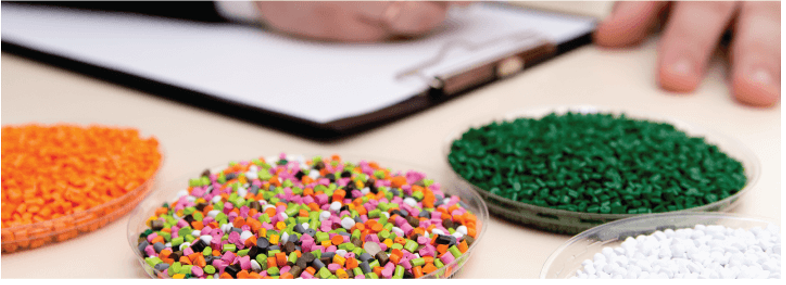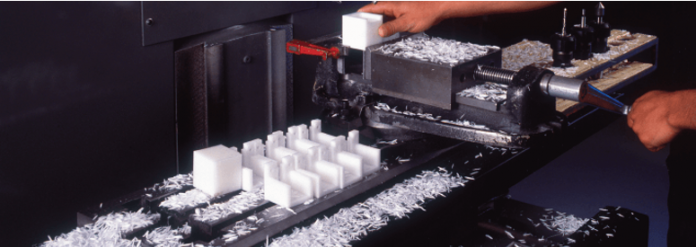In the world of plastic manufacturing, plastic injection molding has been the most common method used by manufacturers to produce plastic parts for decades. Plastic molding also referred to as molding, is a process of shaping plastic using a solid, rigid frame known as the mold. The plastic material injected into the mold will be allowed to cool and eventually hardens until it follows the shape of the mold design. The molds used in the process are permanent and are used again for the next batch of production of the same plastic product design.
Plastic businesses take pride of their molds much like clothing manufacturers treasure their printing and cutting machines. This is why mold creation can be very critical during product development for plastic businesses. If a molding project fails, it directly reflects as a delay to the project and waste of money and resources. In this article, let us discuss the best material for making molds and make sure your plastic molds can withstand longevity and continuous injection molding cycles.

How to Choose a Plastic Mold Material
The most common materials used for plastic molds are either aluminum alloy or stainless steel. However, these types of steel have a lot of variants and can differ based on steel grades (usually with different hardness for longer usability and for lower tolerances). In order to tell the best material for making a mold, there are a lot of factors involved and there is no correct solution to the argument. Instead of asking what is the best material for making a mold? It is much better to reconstruct your question and ask “What is the best molding material to use for my plastic product” instead.
As a professional plastic manufacturer, the goal is not to promote a specific type of steel and label it as the best material to use for molding. It is to recommend and suggest different options of steel in accordance with the plastic product the mold is designed for. There are a lot of types of steel that can be considered ideal for plastic molds. But a certain type of steel can be great for molding certain plastic parts yet is bad for molding other kinds of plastic parts. Then again, the plastic product factor fully comes into play before choosing a molding material.
Maintenance, tolerances, and durability have to be the top considerations when you choose for steel to use on your plastic molds. The molds are designed to withstand the wear and tear of constant plastic production not to mention the fast cycles they undergo once manufacturing is in full throttle. It is inevitable for them to suffer damage from being exposed to extreme temperatures but the maintenance factor allows manufacturers to repair creases to the molds and maintain its excellent form.
Just like with any options, there will always be pros and cons to your steel of choice. If you are choosing steel based on its durability and capability to withstand tear, then you need to opt for hardened steel. However, you have to understand hardened steel is the most expensive among steel types out there. If you choose to go with this option then you are facing expensive upfront costs yet cheaper maintenance and replacement costs due to the steel’s longevity and durability. Your choice of steel right away reflects your business budget and on how much you can afford to spend for molds.
On the other hand, hardened steel does not mean it is always the best option as a mold material for plastic products. There are tools these days which can optimize mold creation such as coating or surface treatments applied to steel cavities. These treatments increase thermal conductivity which means you can get away with using regular alloy or lower-quality stainless steel for your plastic molds by taking advantage of these tooling techniques. It is up to you to weigh on the costs involved when using surface treatments instead of going right away with hardened steel.

Focus on the Product
If you are trying to produce corrosive plastic products, you can never go wrong with stainless steel molds. Simply pick the right grade according to your budget and needs since there is a lot you can choose from. P-20 steel is your safe option for mold material if you are going for plastic products that are non-corrosive or do not contain glass-like materials while aluminum steel can be perfect for low volume products.
The physical and chemical properties you are looking for in a steel type for molds must be congruent with the plastic product you are trying to create. For example, if you are using abrasive and glass-filled materials, you have to check on erosion and tear for it to withstand constant production cycles. If your product is designed for low volume production, then simply choose steel with average thermal conductivity and there is no need to spend extra dollars for advantageous properties you do not really need. You should still always ask your mold maker or plastic factory for advice and double-check their recommendations.

